Home>Maintenance & Safety>Child & Elderly Safety at Home>How To Install A Booster Seat Without Latch
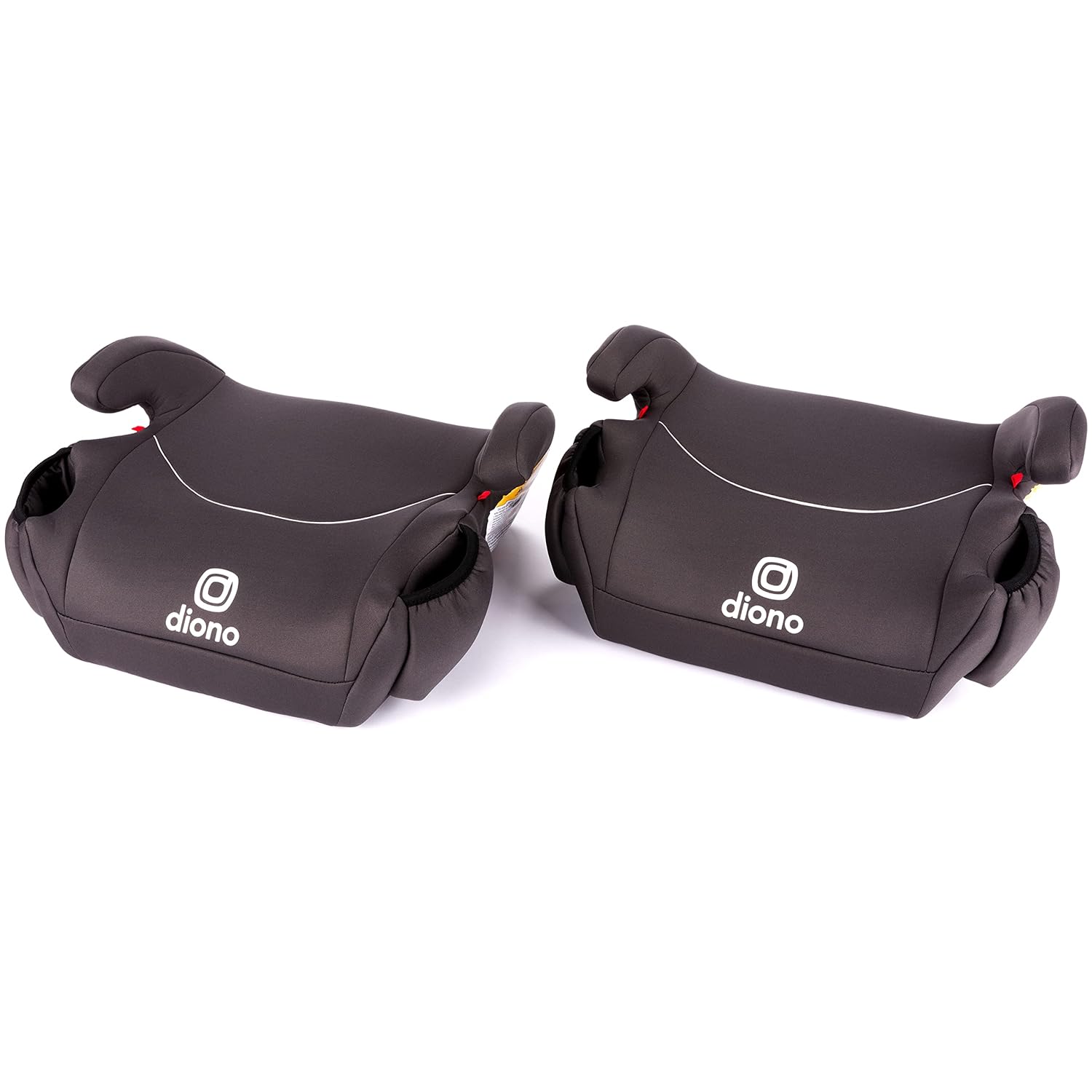

Child & Elderly Safety at Home
How To Install A Booster Seat Without Latch
Modified: August 27, 2024
Learn how to install a booster seat without latch for child and elderly safety at home. Follow these simple steps for a secure and reliable installation.
(Many of the links in this article redirect to a specific reviewed product. Your purchase of these products through affiliate links helps to generate commission for Storables.com, at no extra cost. Learn more)
Introduction
Installing a booster seat without LATCH (Lower Anchors and Tethers for Children) may seem like a daunting task, but with the right guidance, it can be a straightforward process. Booster seats are essential for ensuring the safety of children who have outgrown their forward-facing car seats but are not yet ready to use the vehicle's seat belt alone. By providing the necessary elevation, a booster seat enables the seat belt to fit properly across a child's body, reducing the risk of injury in the event of a collision.
In this comprehensive guide, we will walk you through the step-by-step process of installing a booster seat without LATCH. Whether you are a parent, grandparent, or caregiver, understanding the correct installation procedure is crucial for safeguarding the precious lives of young passengers. By following these instructions, you can gain the confidence and peace of mind that comes with knowing your child is securely protected while traveling in a vehicle.
Now, let's delve into the essential steps for properly positioning and securing a booster seat without LATCH, ensuring that it provides optimal protection for your child.
Key Takeaways:
- Installing a booster seat without LATCH is crucial for keeping kids safe in cars. Position it correctly, secure it tightly with the seat belt, and adjust the belt for maximum protection.
- By following the steps in this guide, caregivers can ensure that children are safe and secure during car rides. Proper installation and adjustment of the booster seat are essential for protecting our little ones.
Read more: How To Install A Cosco Booster Seat
Step 1: Positioning the Booster Seat
Proper positioning of the booster seat is fundamental to ensure its effectiveness in providing safety for your child during car rides. Here's a detailed guide on how to position the booster seat correctly:
-
Selecting the Right Location: Begin by identifying the most suitable seating position in your vehicle for the booster seat. It's recommended to place the booster seat in the back seat, preferably in the middle, as it is the safest spot in the event of a side-impact collision. If the middle seat is not an option, the booster seat can be placed behind the driver's seat.
-
Checking for Stability: Before placing the booster seat, ensure that the vehicle's seat is stable and secure. The booster seat should rest firmly on the car seat without wobbling or shifting excessively. This stability is crucial for maintaining the booster seat's position and protecting your child in the event of sudden stops or impacts.
-
Adjusting the Headrest: If the vehicle's seat has an adjustable headrest, make sure to position it at a level that does not interfere with the booster seat's installation. In some cases, the headrest may need to be removed or adjusted to allow for proper positioning of the booster seat.
-
Positioning the Booster Seat: Place the booster seat on the vehicle's seat, ensuring that it is flush against the backrest. The booster seat should be positioned in such a way that it provides full support to your child's back and does not extend beyond the edges of the vehicle's seat.
-
Securing the Booster Seat: Once the booster seat is positioned correctly, fasten the seat belt through the designated belt path on the booster seat. Ensure that the seat belt is not twisted and is securely latched to hold the booster seat in place.
By following these steps, you can effectively position the booster seat in your vehicle, setting the stage for the next crucial step of securing the booster seat to provide optimal protection for your child.
Step 2: Securing the Booster Seat
Securing the booster seat is a critical step in ensuring the safety and protection of your child during car journeys. Properly fastening the booster seat in place not only minimizes the risk of injury in the event of a collision but also provides stability for the child while the vehicle is in motion. Here's a detailed guide on how to securely install the booster seat without LATCH:
-
Utilize the Vehicle's Seat Belt: In the absence of LATCH anchors, the vehicle's seat belt becomes the primary means of securing the booster seat. Begin by pulling the seat belt across the booster seat, ensuring that it is threaded through the designated belt path. This path is specifically designed to guide the seat belt across the booster seat in a manner that optimizes safety and stability.
-
Proper Belt Positioning: Once the seat belt is threaded through the designated path, ensure that it lies flat and snug against the booster seat. Avoid any twists or tangles in the seat belt, as these can compromise the effectiveness of the booster seat in the event of a sudden stop or collision. The seat belt should be positioned to provide a secure fit without exerting excessive pressure on the booster seat.
-
Securing the Seat Belt: After positioning the seat belt correctly, fasten it securely by engaging the vehicle's seat belt buckle. Listen for the audible click that indicates the seat belt is properly latched. Tug the seat belt gently to ensure that it is locked in place and does not have any slack that could compromise the booster seat's stability.
-
Adjusting the Shoulder Belt: If the booster seat includes a shoulder belt positioning clip, ensure that it is used to guide the vehicle's shoulder belt into the proper position. The shoulder belt should rest snugly across the child's shoulder and chest, avoiding contact with the neck or face. This positioning minimizes the risk of injury and ensures that the seat belt provides effective protection in the event of a collision.
-
Testing for Stability: Once the booster seat is secured with the vehicle's seat belt, perform a stability check by gently applying pressure to the seat from different angles. The booster seat should remain firmly in place without significant movement or shifting. This stability is essential for ensuring the child's safety and protection during car rides.
By following these steps, you can effectively secure the booster seat in your vehicle, providing a safe and stable environment for your child while traveling. Remember that proper installation and securement of the booster seat are crucial for maximizing safety and minimizing the risk of injury in the event of unexpected circumstances on the road.
Step 3: Adjusting the Seat Belt
Ensuring that the seat belt is properly adjusted is a crucial aspect of installing a booster seat without LATCH. The correct positioning and fit of the seat belt are essential for maximizing the safety and protection provided by the booster seat. Here's a detailed guide on how to adjust the seat belt to optimize safety for your child:
Checking the Seat Belt Fit
Before adjusting the seat belt, it's important to assess its fit to determine if any modifications are necessary. The seat belt should lie flat and snug across the child's body, without any twists or slack that could compromise its effectiveness. Ensure that the lap belt rests low across the hips and upper thighs, as this positioning helps distribute the force of a collision across the strongest parts of the child's body.
Read more: How To Install A Backless Booster Seat
Adjusting the Lap Belt
If the lap belt does not fit snugly across the child's hips and upper thighs, adjustments may be required. Some vehicles are equipped with adjustable seat belt anchors that allow you to modify the positioning of the lap belt. By raising or lowering the anchor point, you can achieve a proper fit for the lap belt, enhancing its ability to secure the child and minimize the risk of injury in the event of a collision.
Positioning the Shoulder Belt
In addition to the lap belt, the shoulder belt plays a crucial role in providing protection during car rides. The shoulder belt should rest comfortably across the child's shoulder and chest, avoiding contact with the neck or face. If the shoulder belt does not align properly with the child's body, adjustments may be necessary to achieve the optimal positioning. Some booster seats come with shoulder belt positioning clips or guides that help ensure the shoulder belt is correctly positioned to maximize safety.
Testing the Seat Belt Fit
Once the seat belt has been adjusted, it's essential to test its fit to confirm that it provides optimal protection for the child. Have the child sit in the booster seat and fasten the seat belt according to the adjusted positioning. Check that the lap belt and shoulder belt fit securely and comfortably, without causing any discomfort or restriction of movement for the child. Performing this test ensures that the seat belt is properly adjusted to provide the highest level of safety and protection during car rides.
By following these steps, you can effectively adjust the seat belt to optimize safety and protection for your child when using a booster seat without LATCH. Remember that the correct positioning and fit of the seat belt are essential for maximizing the effectiveness of the booster seat and minimizing the risk of injury in the event of unexpected circumstances on the road.
Conclusion
In conclusion, the safety of our children is paramount, especially when traveling in vehicles. Installing a booster seat without LATCH may initially seem challenging, but by following the outlined steps, caregivers can ensure that their children are securely protected during car rides.
Properly positioning the booster seat sets the foundation for a safe and stable installation. Selecting the right location in the vehicle, checking for stability, and adjusting the headrest are crucial steps that contribute to the overall effectiveness of the booster seat. By securing the booster seat with the vehicle's seat belt and ensuring proper belt positioning, caregivers can provide a secure environment for their children while on the road.
Adjusting the seat belt is equally important, as it directly impacts the safety and protection provided by the booster seat. By assessing the seat belt fit, adjusting the lap belt, and positioning the shoulder belt, caregivers can optimize the safety measures for their children.
By diligently following these steps, caregivers can instill confidence in their ability to provide a safe and secure environment for their children during car rides. The peace of mind that comes with knowing that their children are well-protected is invaluable.
It's important to remember that the safety of children in vehicles is a shared responsibility. Caregivers, parents, and anyone transporting children should prioritize the correct installation and use of booster seats to minimize the risk of injury in the event of unexpected circumstances on the road.
In essence, the installation of a booster seat without LATCH is not just a safety requirement; it's a demonstration of our commitment to protecting the well-being of our children. By following the guidelines provided in this comprehensive guide, caregivers can contribute to creating a safer and more secure environment for children during car travel.
Remember, the safety of our children is non-negotiable, and by taking proactive measures such as correctly installing a booster seat without LATCH, we can ensure that our little ones are safeguarded on every journey.
Frequently Asked Questions about How To Install A Booster Seat Without Latch
Was this page helpful?
At Storables.com, we guarantee accurate and reliable information. Our content, validated by Expert Board Contributors, is crafted following stringent Editorial Policies. We're committed to providing you with well-researched, expert-backed insights for all your informational needs.
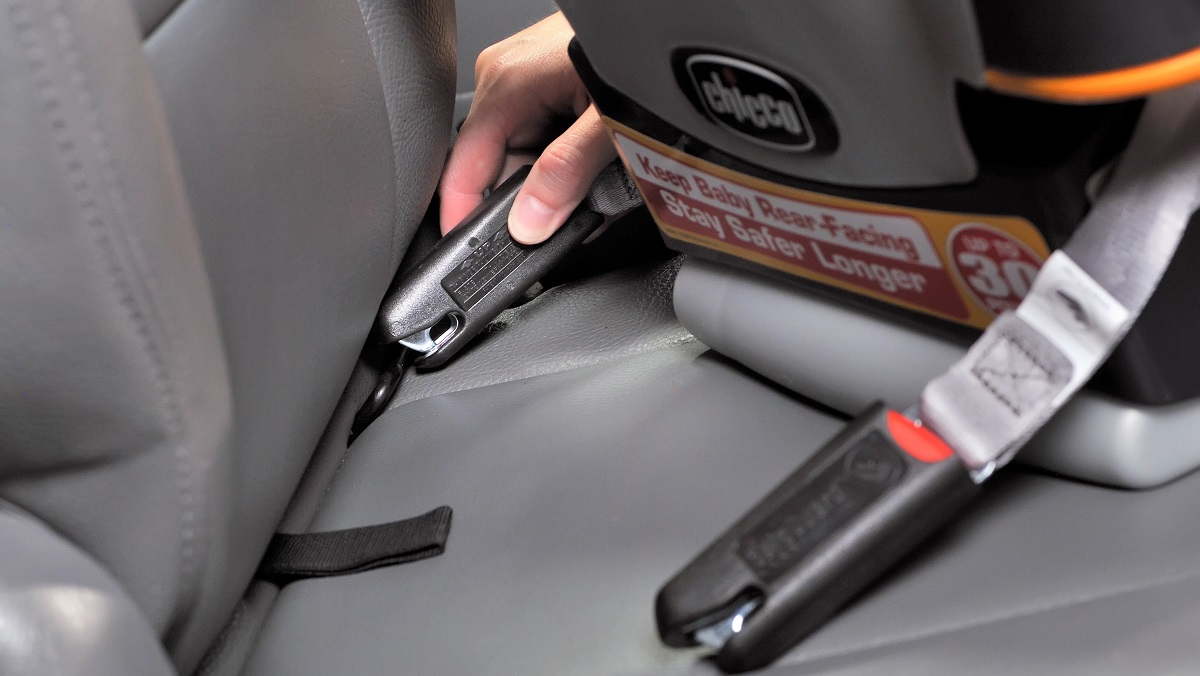
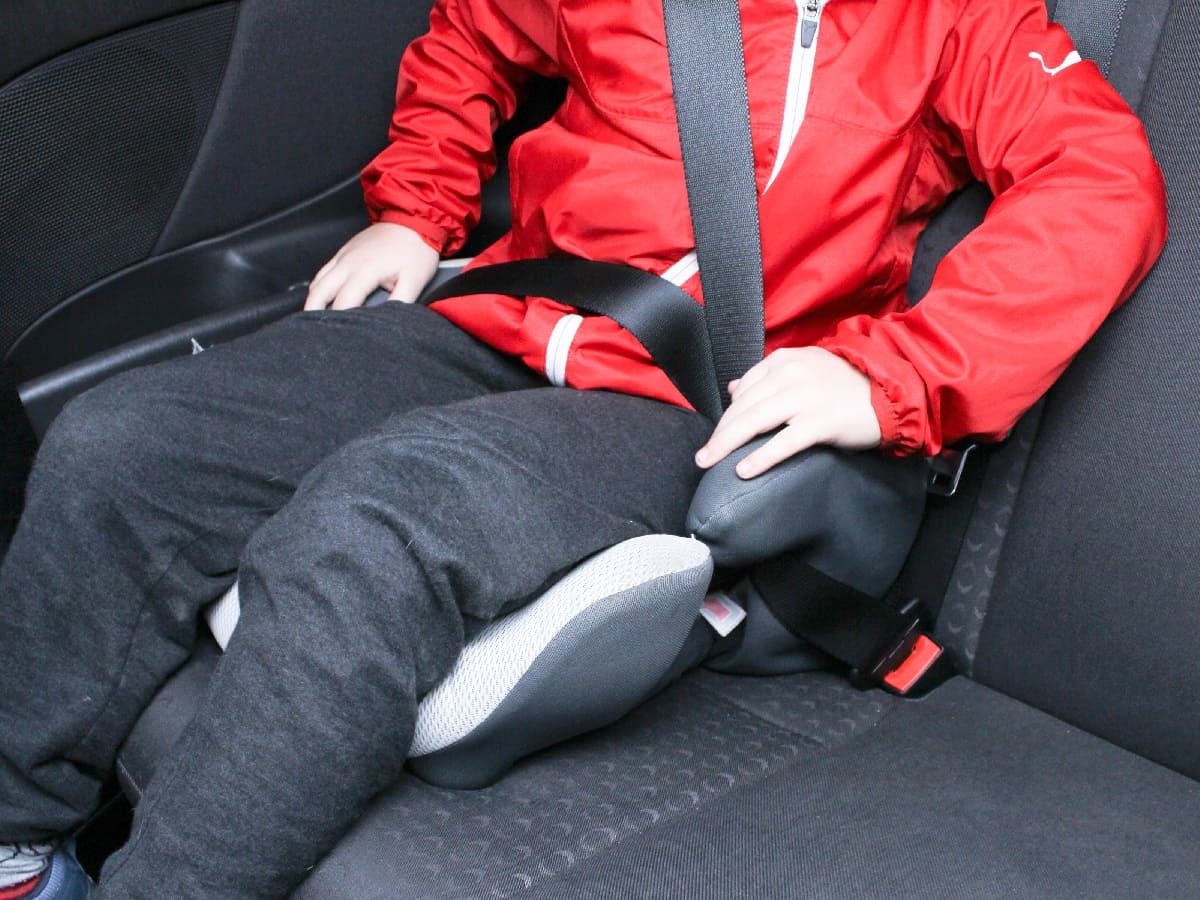




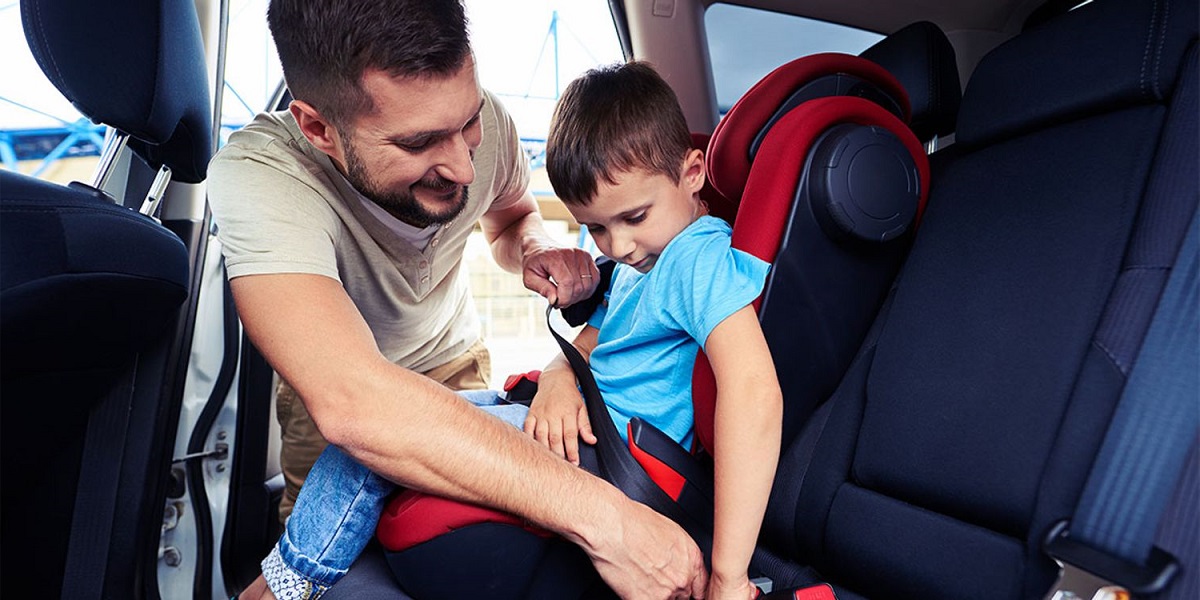


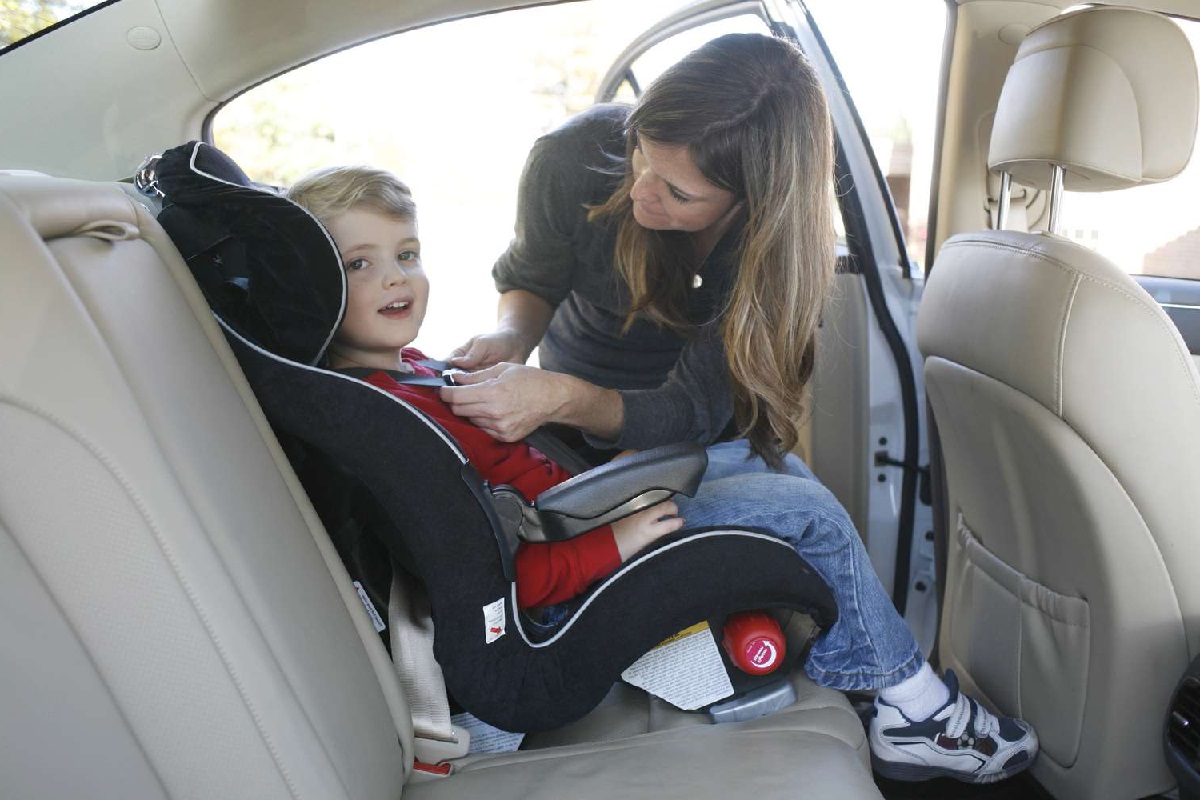
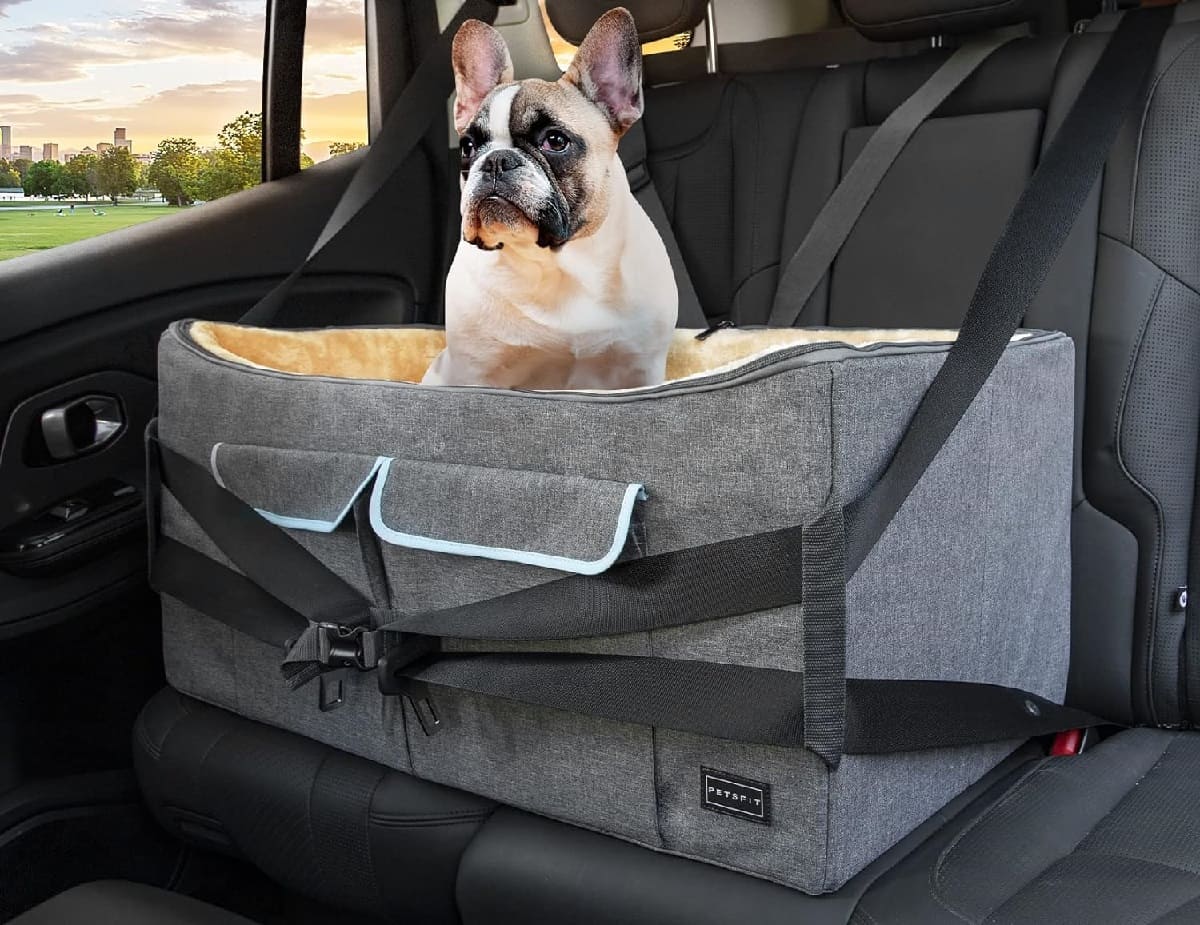

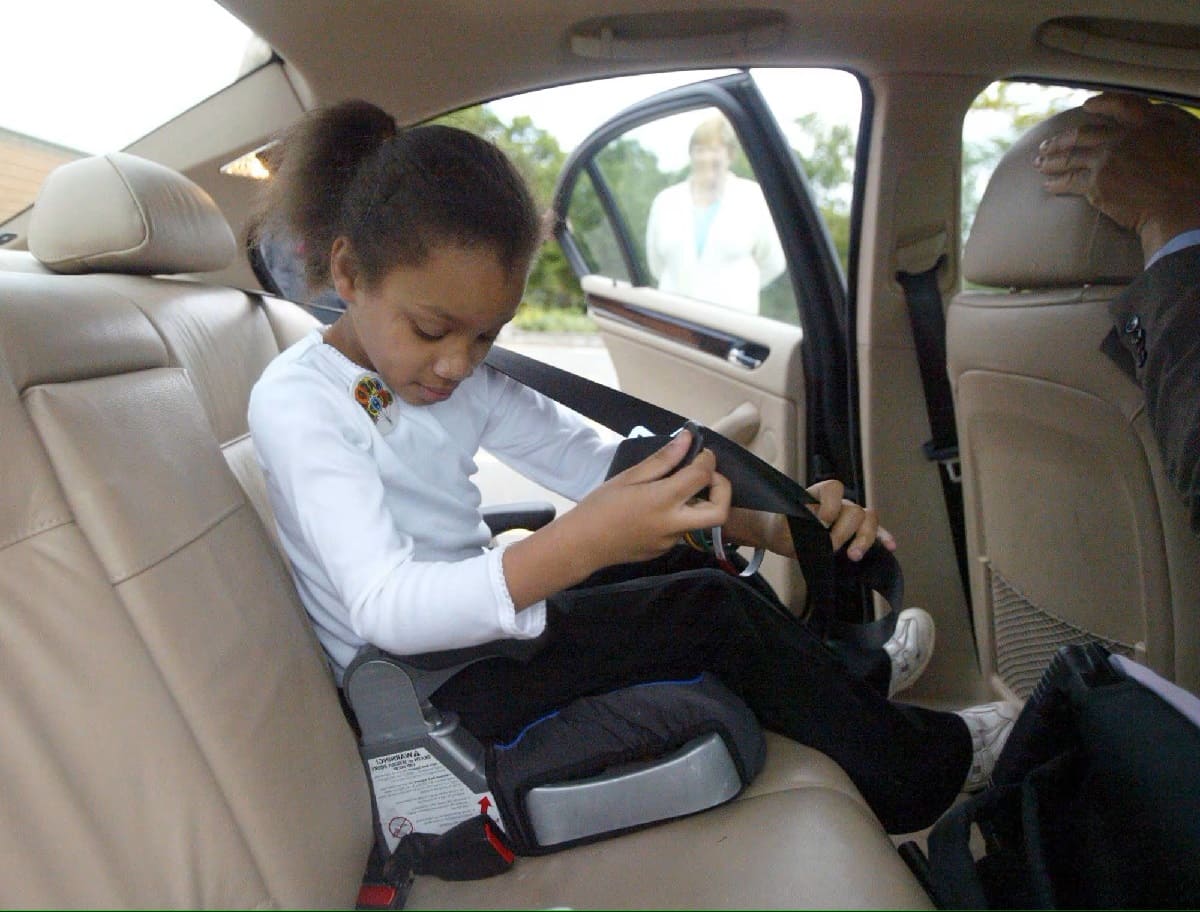
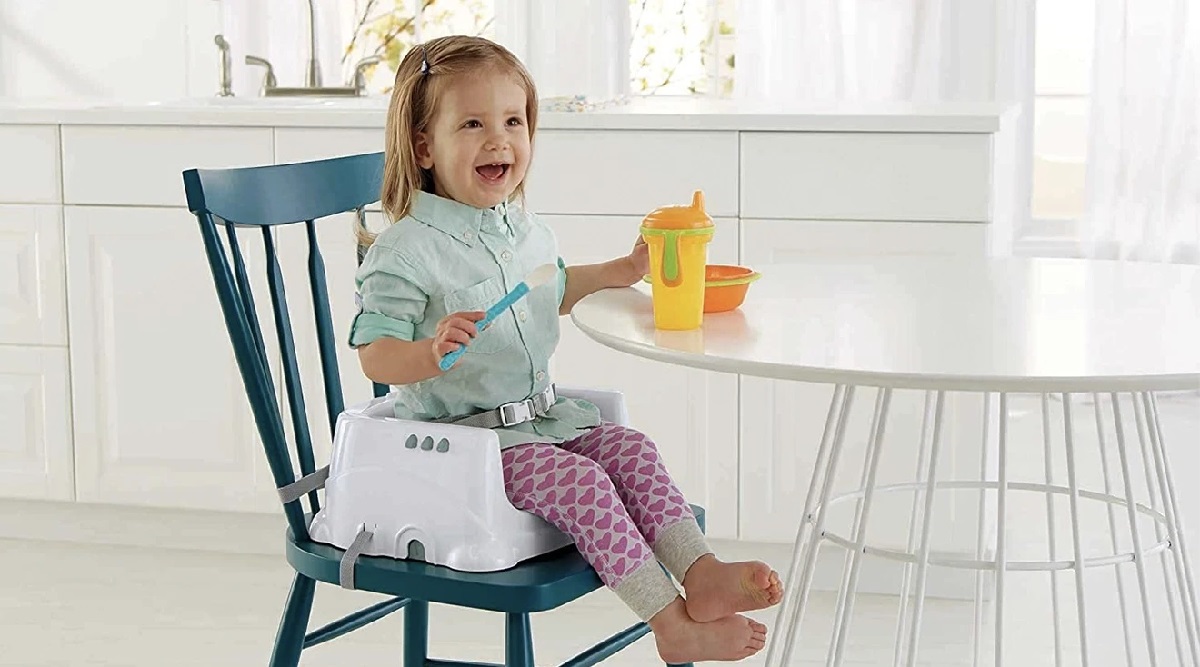

0 thoughts on “How To Install A Booster Seat Without Latch”